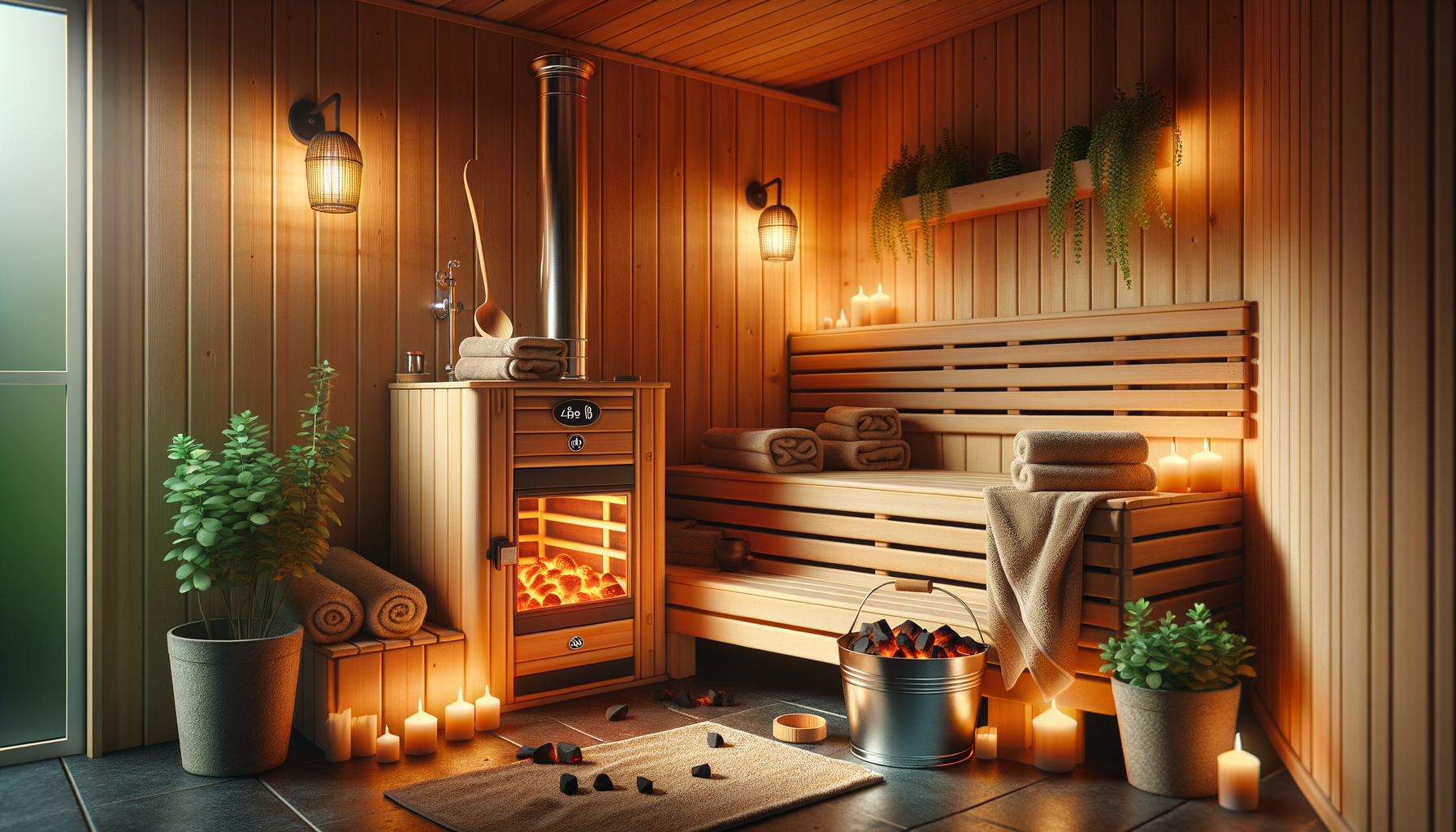The History and Evolution of Saunas
Saunas have been a part of human history for thousands of years, originating from the cold climates of Northern Europe. The earliest saunas were simple pits dug into the ground, covered with animal skins, and heated with stones. These primitive structures provided warmth and a place for social gatherings. As time progressed, saunas evolved into more sophisticated wooden structures, reflecting the cultural advancements of societies.
In Finland, saunas became an integral part of daily life. They were not only used for relaxation but also for hygiene and health purposes. The Finnish sauna culture emphasized the importance of the sauna as a communal experience, where families and friends gathered to cleanse both body and mind. The tradition of the sauna spread across Europe and eventually to other parts of the world, adapting to different cultures and climates.
Today, saunas come in various forms, from traditional wood-burning saunas to modern infrared models. Each type offers unique benefits, catering to different preferences and needs. The evolution of saunas from simple pits to high-tech wellness solutions illustrates their enduring appeal and versatility.
Types of Saunas: Choosing the Right One for You
When considering a home sauna, it’s essential to understand the different types available to make an informed decision. The most common types include traditional Finnish saunas, infrared saunas, and steam saunas. Each type offers distinct experiences and benefits.
Traditional Finnish saunas are known for their high temperatures and dry heat, typically ranging from 70 to 100 degrees Celsius. They use electric or wood-burning heaters to warm the air and stones, which can be doused with water to create steam. This type of sauna is ideal for those who enjoy intense heat and a classic sauna experience.
Infrared saunas, on the other hand, use infrared heaters to emit radiant heat, which is absorbed directly by the body. This allows for lower air temperatures, usually between 48 to 60 degrees Celsius, making it more comfortable for longer sessions. Infrared saunas are praised for their ability to penetrate deeper into the skin, promoting detoxification and relaxation.
Steam saunas, or steam rooms, generate moist heat by boiling water to create steam. These saunas operate at lower temperatures, around 40 to 50 degrees Celsius, but with high humidity levels. Steam saunas are beneficial for respiratory health and skin hydration, offering a soothing and refreshing experience.
Choosing the right sauna depends on personal preferences, health goals, and available space. Each type has its advantages, making it important to consider what aligns best with your lifestyle.
Health Benefits of Regular Sauna Use
Regular sauna use is associated with numerous health benefits that contribute to overall well-being. One of the most well-known advantages is its ability to promote relaxation and reduce stress. The heat from the sauna helps to relax muscles, relieve tension, and encourage the release of endorphins, the body’s natural feel-good hormones.
Saunas are also effective in improving cardiovascular health. Studies have shown that regular sauna sessions can enhance circulation, lower blood pressure, and improve heart function. The heat causes blood vessels to dilate, increasing blood flow and providing a mild cardiovascular workout.
Detoxification is another key benefit of sauna use. Sweating induced by the heat helps to eliminate toxins and impurities from the body, promoting healthier skin and a boosted immune system. Saunas also aid in muscle recovery by reducing muscle soreness and improving joint flexibility.
Moreover, saunas can support weight management. While the weight loss from a single sauna session is primarily water weight, regular use can contribute to a higher metabolic rate, aiding in calorie burn.
Overall, incorporating sauna sessions into your routine can enhance physical and mental health, providing a holistic approach to wellness.
Setting Up Your Home Sauna: Tips and Considerations
Setting up a home sauna can be a rewarding investment in your health and relaxation. However, there are several factors to consider to ensure a successful installation. First, determine the location of your sauna. It should be a well-ventilated area with access to electricity or a wood supply, depending on the type of sauna you choose.
Consider the size of the sauna and the number of people who will use it regularly. Saunas come in various sizes, from compact models suitable for one or two people to larger units that accommodate families. Measure the available space in your home to ensure a proper fit.
Next, decide on the type of sauna that best suits your needs. As discussed earlier, traditional, infrared, and steam saunas each offer unique benefits. Consider your health goals, budget, and personal preferences when making your choice.
Installation can often be completed by a professional, but some models are designed for DIY assembly. Ensure you follow all safety guidelines and manufacturer instructions during installation. Proper insulation and ventilation are crucial to maintain the sauna’s efficiency and safety.
Finally, consider additional features such as lighting, music systems, or aromatherapy options to enhance your sauna experience. These elements can create a more relaxing and enjoyable atmosphere, making your home sauna a true sanctuary.
Maintaining Your Sauna for Longevity and Performance
Maintaining your sauna is essential to ensure its longevity and optimal performance. Regular cleaning and upkeep will keep your sauna hygienic and functioning efficiently. Start by wiping down surfaces after each use to remove sweat and moisture. Use a mild soap and water solution to clean benches, walls, and floors, avoiding harsh chemicals that could damage the wood.
Ventilation is crucial for preventing mold and mildew. Ensure the sauna is properly ventilated after each session by leaving the door open for a while to allow moisture to escape. Regularly check and clean the sauna heater and stones, removing any debris or buildup that could affect performance.
Inspect the sauna’s electrical components and wiring periodically to ensure safety and functionality. If your sauna uses a wood-burning heater, clean the chimney and flue regularly to prevent blockages and ensure efficient heating.
Wood treatment is also important for maintaining the sauna’s appearance and durability. Periodically treat the wood with a sauna-specific oil or sealant to protect it from moisture and wear.
By following these maintenance tips, you can enjoy your sauna for years to come, reaping the health and relaxation benefits it offers.








